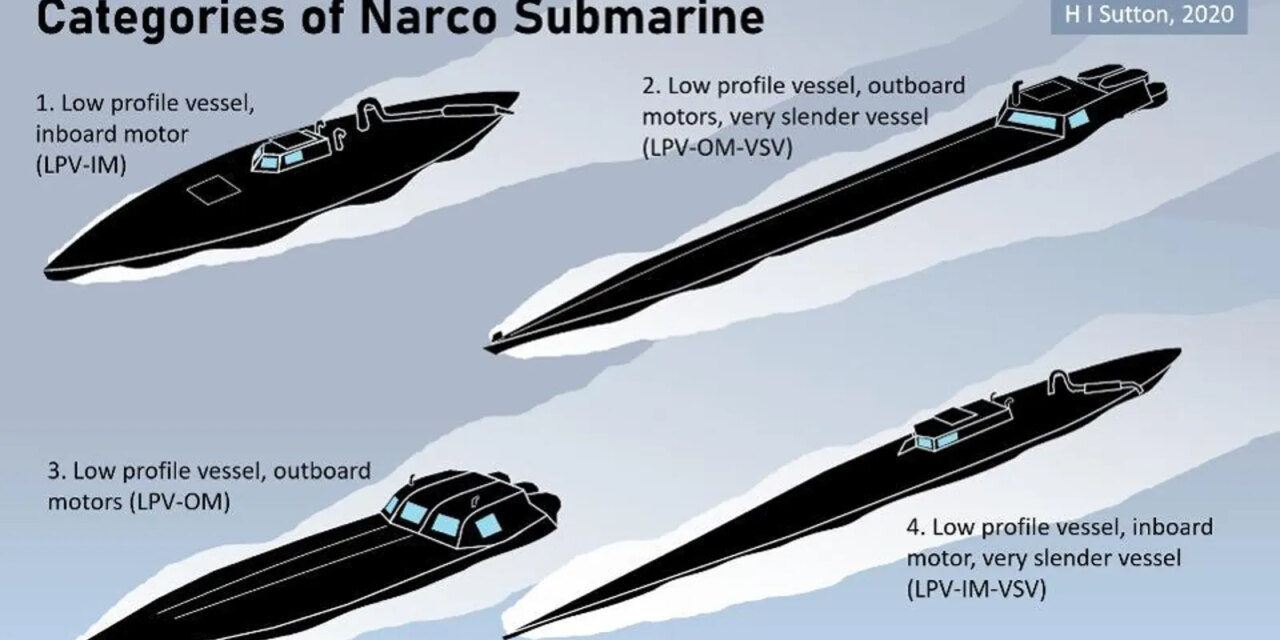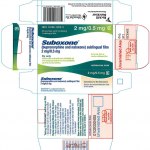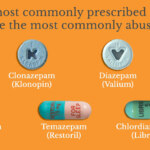One reason it’s such a challenge for law enforcement to stop or even significantly slow the drug traffic from foreign lands: the bad guys keep coming up with new and often ingenious ways to bring their goods to the American consumer.
And drugs, being so ridiculously easy to conceal, are a perennial favorite for any sort of smuggling operation.
One example of their ingenuity: traffickers are now making extensive use of narco-submarines. These are hybrid warships, either semi- or fully submersible, that combine the strengths of surface-going vessels with those of a submarine. They’re reportedly used by Navy Seal teams on stealth missions. They’re not toys.
According to Wikipedia, your typical narco-sub can carry several tons of cargo over long distances. But that’s just an average; in 2015, a semi-submersible narco-sub was seized with 17,000 lbs of contraband in its hold.
As for range, it depends on the sub’s design. Crossing the Atlantic Ocean on a single voyage? That’s not out of the question.
Here’s a recent article from The Guardian on a remarkable joint effort that involved 62 nations and successfully “…halted six semi-submersible vessels stuffed with cocaine…”, yielding “…1,400 tonnes of drugs in total, including more than 1,000 tonnes of marijuana.”
That’s tons, not pounds. Here’s the link:
Colombia-led operation seizes world record 225 tonnes of cocaine, and uncovers new Australia trafficking route
It reminded me of the first phase of the cocaine epidemic, when traffickers avoided border guards by using small planes to fly their goods into the Southeastern US under cover of night. They made use of deserted rural landing strips where their US comrades waited to offload the drugs for transport to other destinations. It was a real challenge for law enforcement to track and intercept.
Now imagine trying to police the vast coastlines of North America.
It’s one reason why I remain convinced that enforcement alone is unlikely to ever be truly effective in stemming the tide of drugs entering the US. After all, we’ve been trying for decades.
Perhaps it’s time to come up with a different approach — preferably something that hasn’t already proved ineffective. Even an approach that attempts to integrate the relative strengths of enforcement, prevention, early intervention, and treatment.
We’re open to suggestions.













